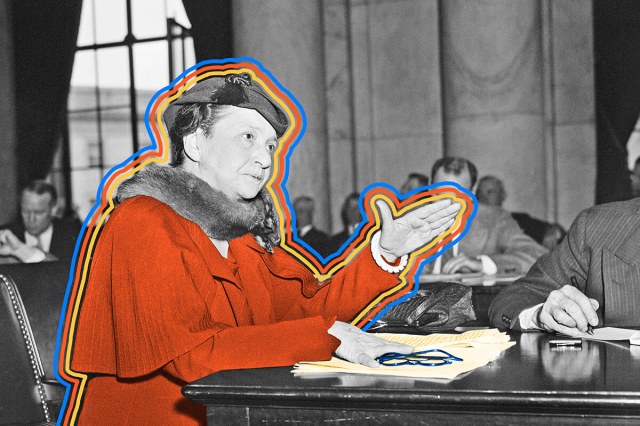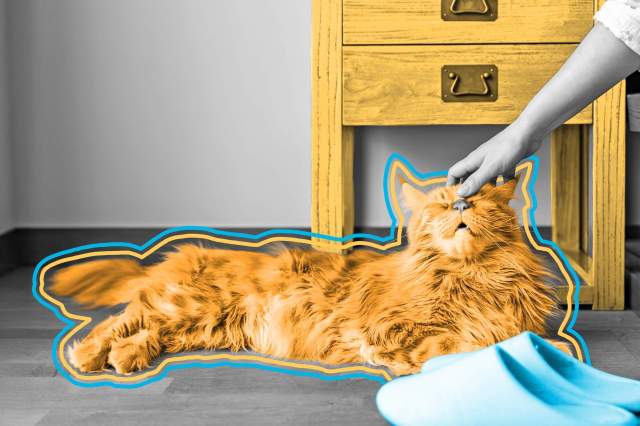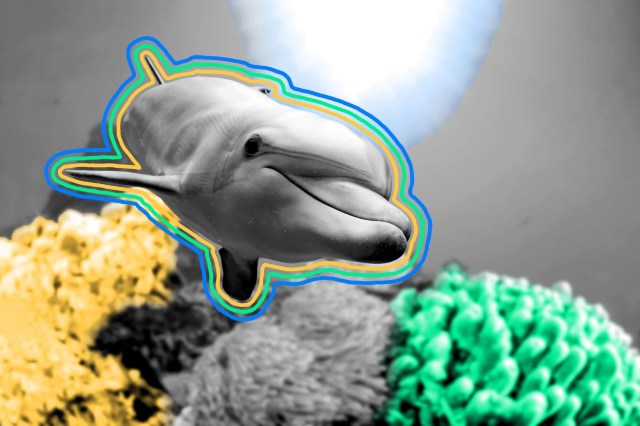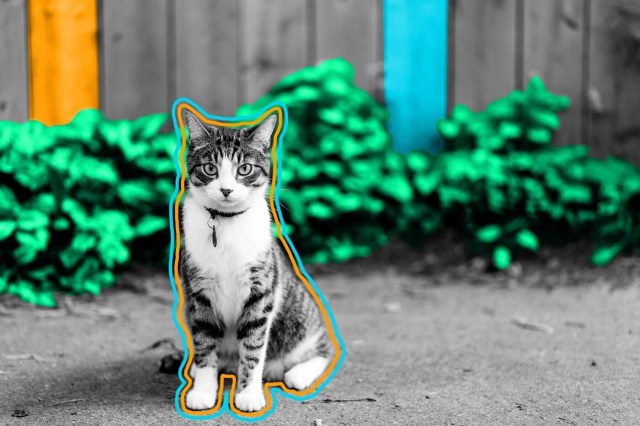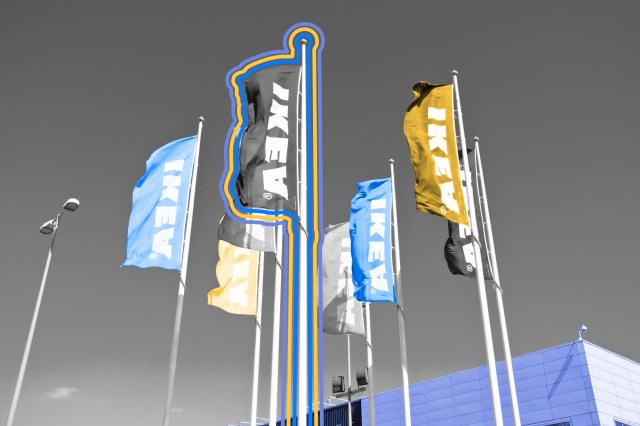
Numbers Don't Lie

The second female member of a Cabinet was ______, secretary of health, education, and welfare.

Ready to reveal?
Confirm your email to play the next question?

The second female member of a Cabinet was Oveta Culp Hobby, secretary of health, education, and welfare.

“Cabinet” comes from an Italian word.
Cabinetto means “a small, private room” in Italian, which makes sense — the head of state wouldn’t exactly want to discuss matters of national importance out in the open. (Back in the 1500s, the word “cabinet” also referred to a treasure chamber or case for storing valuables, which gradually grew to mean the piece of furniture we recognize as a “cabinet” today.) James Madison is believed to have coined the term in the political context, referring to “the president’s Cabinet” before anyone else. George Washington’s Cabinet consisted of just four members — Secretary of the Treasury Alexander Hamilton, Secretary of State Thomas Jefferson, Secretary of War Henry Knox, and Attorney General Edmund Randolph — with whom he initially met on an individual basis. The U.S. president’s Cabinet now consists of the vice president, the heads of the 15 executive departments, and Cabinet-level officials added at the president’s discretion. These members are not in the line of succession, however.

